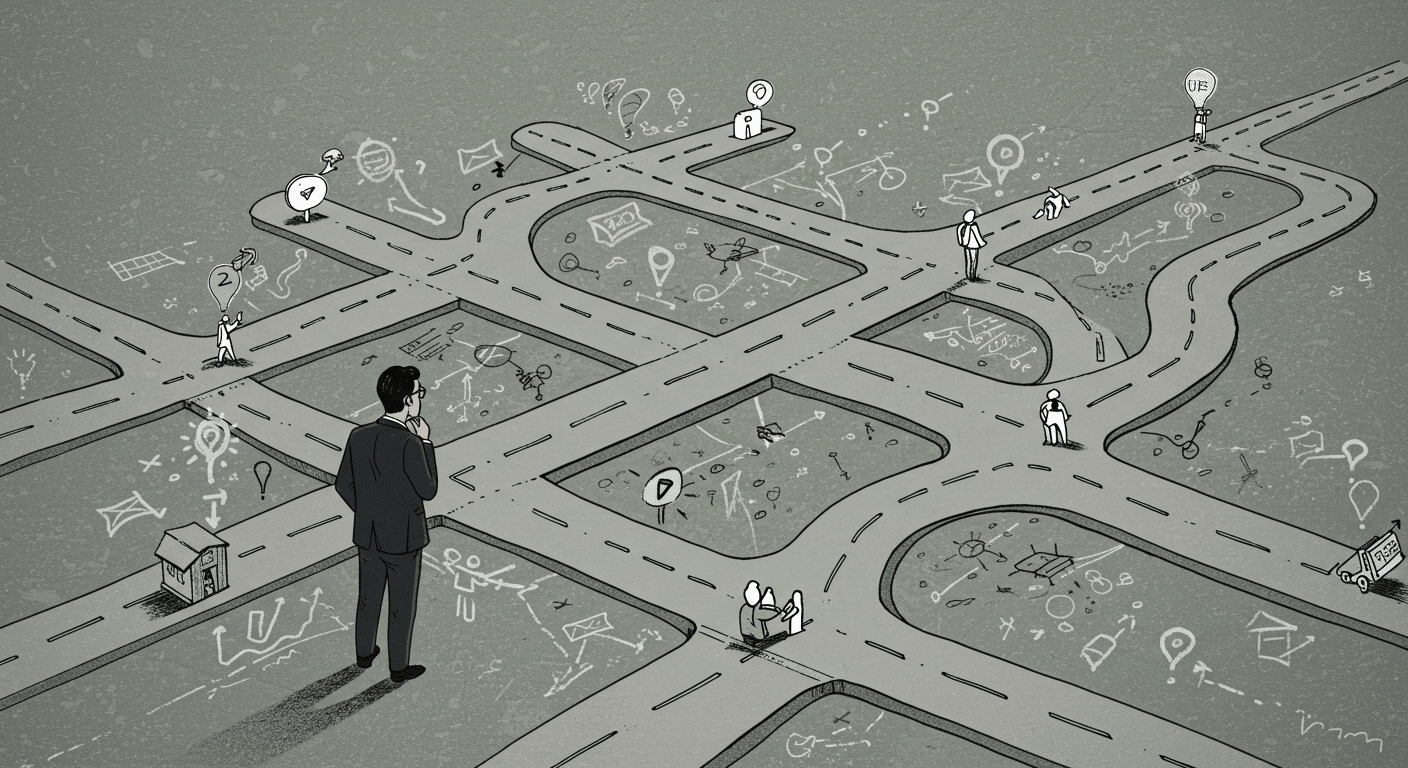The Meeting Rhythm to Scale Up Efficiently
If your team is not communicating in a consistent rhythm, it can be difficult for everyone to stay aligned to the same overall company priorities. Many organizations struggle to find a meeting rhythm that allows their team members to maximize their time and retain an efficient flow of information.
Learn the Right Meeting Rhythm to Stay on Track
Since some reports demonstrate that employees spend 31 hours per month in unproductive meetings, a variety of tactics have emerged to help companies hold more efficient and focused meetings. Scaling Up author Verne Harnish identified a set of best practices on different meeting frequency, length, and attendees to help organizations better plan and implement productive meetings and maintain a consistent rhythm of communication.
We’ll go through a brief overview of each type of meeting to help your team execute your strategic goals and scale up efficiently.
1) The Daily Huddle
The Daily Huddle is a meeting that occurs once per business day. The daily huddle is brief, and it should last no more than 15 minutes. All team members attend the daily huddle. Each team member reports to the group on the following:
- What’s Up (news relevant to the entire group)
- Report on top 3 tasks and quarterly individual KPI progress
- Any stucks holding him/her back
- Top daily priority
2) Weekly Meeting
The Weekly meeting is held in place of the daily huddle once per week. This meeting can take anywhere from 30-90 minutes. It should include all team members and may include the leadership team, although the executive team sometimes meets in a separate meeting prior. This meeting covers the following elements:
- Review the status (Red, Yellow, or Green) of Company Quarterly Priorities
- Overview of Employee and Customer survey feedback
- Discussion of 1-2 Topics of Focus
The weekly meeting is more focused on decision-making than the daily huddle, which is mainly a quick informational meeting to get everyone on the same page.
3) Two-Week Top Task Review
This meeting occurs biweekly between each team member and his/her supervisor in a one-on-one format. In the meeting, the supervisor assesses the employee’s progress toward his/her individual quarterly priorities, reviews the top tasks from the previous meeting, and assign new ones moving forward. This is also a chance for the supervisor and employee to discuss personal and professional highs and lows, review the team members’ top priority calendar, and schedule the next two-week meeting. This event should take about 50 minutes.
4) Monthly Meeting
The monthly meeting is where the mid-level and senior leadership teams make decisions about key issues facing the company. This meeting generally lasts between 4-8 hours and occurs once a month. Managers from each department update the group on key outcomes and decisions from the past month and brainstorm solutions to any concerns that may have arisen. This is also a chance to review the organization’s core ideologies and provide opportunities for professional education or training. Often, one team member will share any expertise he/she has in a particular skill or area with the group.
5) Quarterly Leadership Meeting
This meeting occurs directly before the Quarterly Planning Meeting. During this time, the senior leadership team reviews the company’s current performance in relation to its objectives. They discuss engagement survey results from all employees, go over the company’s BHAG and other goals, and adjust upcoming priorities and targets as necessary.
6) Quarterly Planning Meeting
The quarterly planning meeting is a company’s chance to learn from the previous quarter’s performance and brainstorm targets and priorities for the upcoming quarter. While some companies only have their executive team in attendance, others include all team members. This meeting can take between 8-10 hours and generally occurs off-site.
7) Annual Planning Meeting
This is your opportunity to reflect on your company’s performance from the previous year. The leadership team generally reviews long-term goals and employee perceptions to determine annual targets and priorities for the upcoming year.
Another staple of this meeting rhythm is to iterate your meetings as necessary. After each different meeting, have all attendees rate the meeting based on its effectiveness on a scale of one-to-ten. This way, you can determine which meetings are going well and make improvements to those that aren’t productive.
Hopefully these guidelines can help you plan meetings that will benefit your company in the long run and keep you on track to scale up successfully.
Want help establishing your team’s meeting rhythm? If so, why not check Huddles Align’s team meeting software





